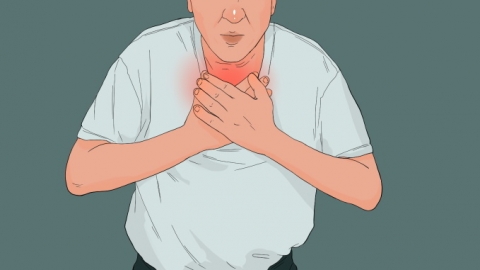How to determine if you have white lung syndrome
To determine whether you have developed white lung, you can rely on symptom observation, chest X-ray, CT scan, complete blood count (CBC), and blood gas analysis. If any abnormalities are detected, prompt medical attention is recommended. Detailed explanations are as follows:

1. Symptom observation: Patients with white lung often exhibit symptoms such as coughing, sputum production, fever, chest tightness, shortness of breath, and difficulty breathing, particularly noticeable dyspnea and breathlessness. As the condition worsens, additional signs such as pallor and cyanosis of the lips may appear.
2. CT scan: A CT scan provides more detailed images of the lungs and helps accurately assess the nature and extent of the lesions. In cases of white lung, CT scans may reveal thickened lung markings, patchy shadows, or spiculated changes.
3. Chest X-ray: This imaging method allows observation of any abnormal nodules, masses, or other lesions in the lungs. In white lung, X-rays may show large white areas in the lungs, typically due to reduced air content caused by inflammatory lung lesions.
4. Complete blood count (CBC): Blood tests can determine whether there is a significant increase in white blood cell count. In cases of white lung caused by infectious diseases, elevated white blood cell and neutrophil counts may be observed. This serves as an auxiliary method to assess the patient's overall health status.
5. Blood gas analysis: Blood gas analysis involves testing venous blood to assess the levels of oxygen and carbon dioxide in the blood. In patients with white lung, reduced blood oxygen saturation may be observed, which directly reflects respiratory function and aids in diagnosing white lung and evaluating the severity of the condition.
In addition, biopsies or cytological examinations can also be performed to obtain samples from the patient's lung tissue or sputum to further confirm the presence of abnormal cells, serving as an auxiliary diagnostic method for white lung.





